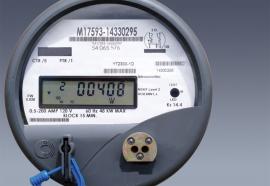Ratemaking and the Campaign Against Rooftop Solar
Rate design should balance consumer and investor interests.
Regulators should ensure that changes to rate design seek to balance consumer and utility interests. Rates that are intended to insulate utilities from economic and technological change while providing no benefits to consumers ought to be considered unjust, unreasonable, and unduly discriminatory.





